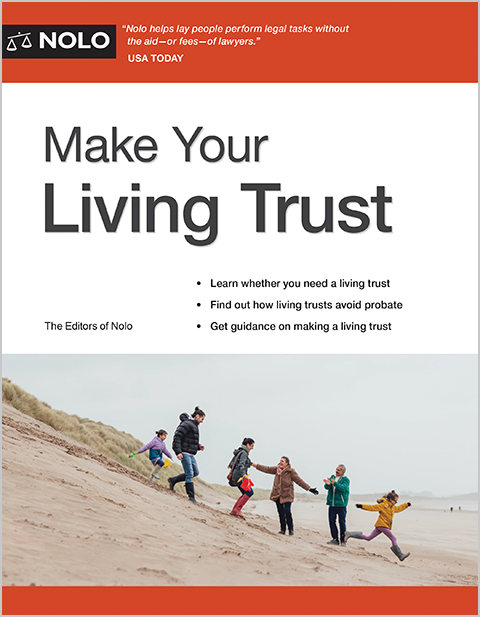Wisconsin failed to pass an aid-in-dying law that would have allowed terminally ill patients to request life-ending medication.
In recent years there has been a dramatic increase in the number of states considering medical aid in dying laws. Sometimes called "death with dignity," "assisted suicide" or "right to die" initiatives, these laws make it possible for terminally ill patients to use prescribed medication to end their lives peacefully rather than suffering a painful and protracted death.
The catalyst for greater national attention to this issue was 29-year-old Brittany Maynard, a woman diagnosed with terminal brain cancer who moved from California to Oregon to end her life in 2014. Maynard chose Oregon because California had not yet passed its aid-in-dying law, and Oregon is one of just a few other states to allow terminally ill patients to legally end their lives.
Wisconsin's 2023-2024 Our Care, Our Options Act
Wisconsin lawmakers have tried to pass an aid-in-dying law for years. In the 2023-2024 legislative session, the Wisconsin legislature considered another death with dignity bill (AB781 in the state assembly and SB739 in the senate), called the Wisconsin Our Care, Our Options Act. However, both bills died in committee. If it had been approved, the law would have functioned much like Oregon's Death With Dignity Act, allowing terminally ill patients who met certain requirements to request and use life-ending medication.
This article first clears up some confusing language surrounding medical aid in dying laws and then sets out some steps Wisconsinites can take to bring a death with dignity act to their state.
Medical Aid in Dying, Death With Dignity, Assisted Suicide, Right to Die: What's the Difference?
"Death with dignity" and "medical aid in dying" are two of the most commonly accepted phrases describing the process by which a terminally ill person ingests prescribed medication to hasten death. Many people still think of this process as "assisted suicide" or "physician assisted suicide." However, proponents of death with dignity argue that the term "suicide" doesn't apply to terminally ill people who would prefer to live but, facing certain death within months, choose a more gentle way of dying. In fact, Wisconsin's latest medical aid in dying bill stated that terminating one's life under the law is not suicide. (See SB739, Section 156.33 and AB781, Section 156.33.)
Increasingly, health organizations are turning away from the term "suicide" to describe a terminally ill patient's choice to reduce the suffering of an inevitable death. The phrase "aid in dying" is becoming a more accepted way to refer to this process.
You might also see the phrase "right to die" used in place of "death with dignity" or "medical aid in dying." However, "right to die" is more accurately used in the context of directing one's own medical care—that is, refusing life-sustaining treatment such as a respirator or feeding tubes when permanently unconscious or close to death. You can provide your own health care directions by completing a Wisconsin advance health care directive. For information about appointing a health care agent and making known your wishes for medical care at the end of life, see the Living Wills & Medical Powers of Attorney section of Nolo.com.
Advocating for a Medical Aid in Dying Act in Wisconsin
Citizen groups are continuing to work to legalize aid in dying in Wisconsin. If choice at the end of life is important to you, here are some things you can do:
- Contact your representatives in the state legislature and encourage them to support death with dignity in Wisconsin.
- Write a letter to the editor of your local newspaper.
- Tell your family, friends, health care providers, and others why you believe terminally ill patients should be allowed to choose medical aid in dying.
- Search for—or start—a community advocacy group. The Compassion & Choices website can help you connect with others in your area.
Learn More
To find out more about the history and current status of medical aid in dying laws in the United States, visit the website of the Death With Dignity National Center.
Ready to create your will?



